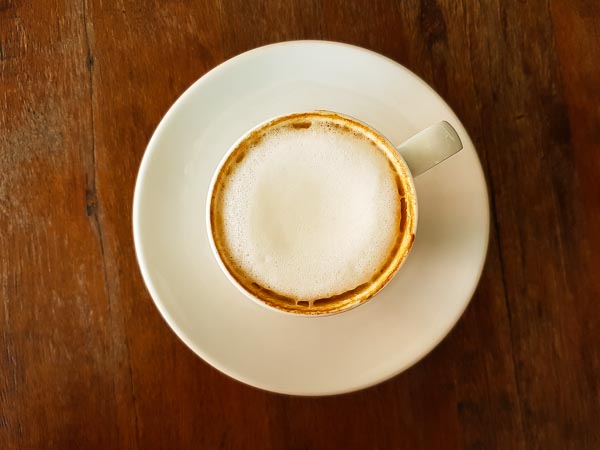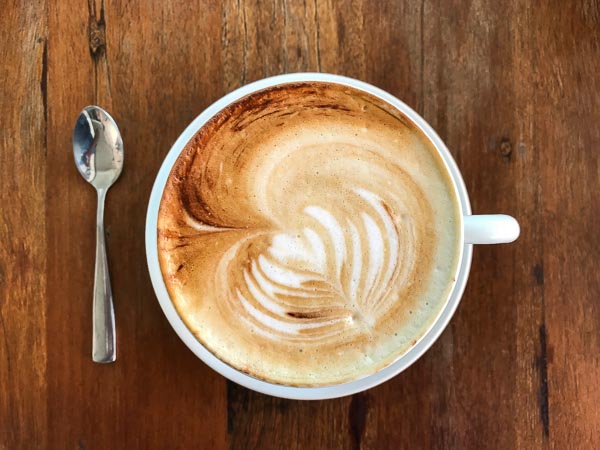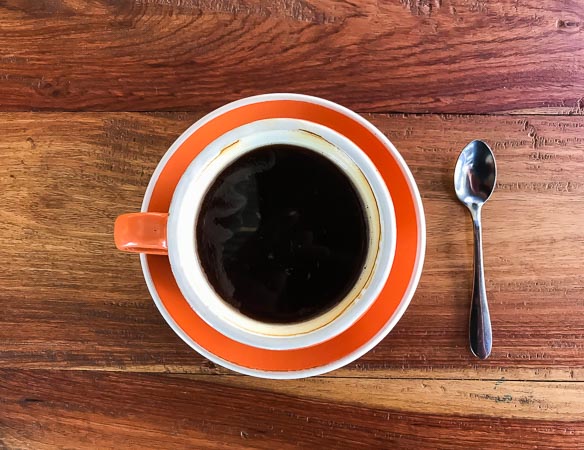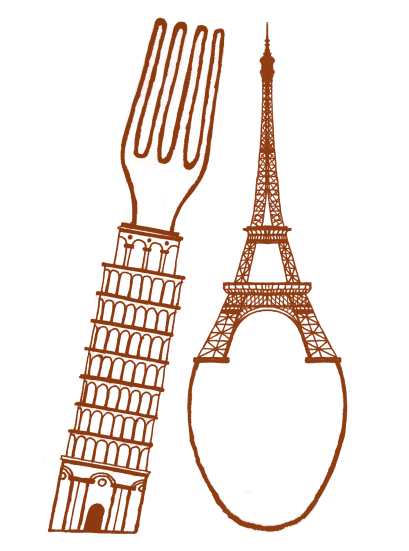Ci prendiamo un caffè? - a lesson on what are cafés like in Italy and how popular they are.
Let’s talk about one of my favourite things to do...drinking coffee!! In my life, I only met a handful of people that don’t like coffee. I find it strange how people don't like coffee, but then again, I'm not the biggest fan of tea.
One of my treasured times of my weekends is having the time to savour a good cup of coffee. I wasn't always a coffee drinker. In fact, I only started drinking coffee when I was studying in Perugia (Italy) for six months. However, I don't think I'll ever go back to not drinking coffee.
How to blend in with the locals when ordering a coffee.
For the Italians, coffee drinking has become a ritual since the first coffee served in Italy. This happened around the 1970s in Piazza San Marco, Venice.
Any time is a good time for the locals to have a coffee. Once you enter the bar, ask for un caffè if you want an espresso, which is the most ordered coffee in Italy. The only time milk is acceptable with coffee is for breakfast. Usually, locals have a cappuccino, a caffè latte or a latte macchiato with a pastry such as a cornetto.
So if you want to blend in, don’t ask for any type of coffee with milk after eleven in the morning or you’ll get some weird glances.
I remember the first time I stepped into a bar, most people were standing at the bar having their caffè. In Malta, I was used to people sitting down at a cafe having their coffee whilst reading the paper or gossiping about passers-by. That doesn't happen in Italy.
Unlike many other countries, in Italy, you don’t see the locals having coffee on the go. They have their coffee al banco(standing at the bar) for €1 and leave. If you want a full immersion of what the locals have at the bar, stay away from any bar full of people drinking cappuccino.
The following is a list of some of the most popular types of coffee you can find in Italy.
Caffè:
For the locals in Italy, this is an espresso and not filtered coffee. So, when you go to a bar ask for un caffè, per favore! (an espresso, please)
Ristretto:
A short espresso done with the same amount of ground coffee o an espresso but with less hot water.
Caffè lungo:
An espresso with some added hot water. It’s stronger than an americano.
Latte macchiato:
For those that enjoy having more milk than coffee, the latte macchiato (spotted milk) is a cup of milk with a splash of espresso.
Caffè macchiato:
An espresso marked with a splash of frothy milk.

Cappuccino:
Named after the colour of the Capuchin monks’ hoods. A cappuccino is made of an espresso topped up with steamed milk and finished with foamed milk.

Caffè americano:
To make tourists feel at home, the locals decided to add the americano to their menus. An americano is an espresso diluted with plenty of hot water.

Marocchino:
Also known as espressino, caffè mocha or mocaccino. A shot of espresso sprinkled with cacao and hot milk with foam milk on top.
Caffè Shakerato:
A shot of espresso with added sugar and lots of ice that shake until it forms a froth when poured.
Decaffeinato:
Last but no least, for those that like the taste of coffee but don't want the caffeine; the decaffeinated coffee. This is also known as caffè Hag (a world known brand of decaffeinated coffee).
La forma di Cortesia: Lei (Dare del Lei/ Using the Polite form)
Lei is used for both Male and Female
Examples:
- Signore, Lei è italiano?
- Signora, Lei è italiana?
Lei is used with Possessive Pronouns
Examples:
- È il suo caffè - Sono i suoi cornetti.
- La torta è sua - Queste torte sono le sue.
Lei is used with Personal Pronouns
Examples:
- La riconosco (riconoscere Lei) COD.
- Le ringrazio (ringrazio a Lei) COI.
Lei is used with Possessive Pronouns
Examples:
- È il suo caffè - Sono i suoi cornetti.
- La torta è sua - Queste torte sono le sue.
Lei is used with the Imperative
Examples:
ARE -> I - Cosa mangi?
ERE -> A - Prenda il cappuccino, è ottimo.
IRE -> A - Finisca il suo caffè.
Now that we've had a look at when and how to use the polite form, go ahead and read the dialogue on the worksheet and then practice with some exercises.
